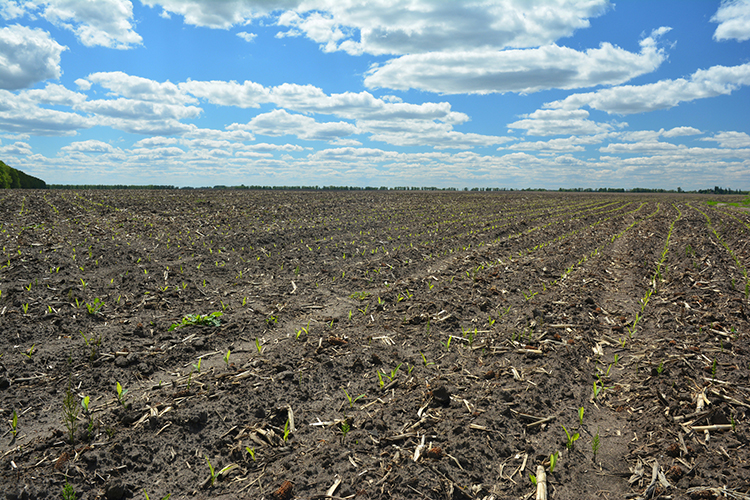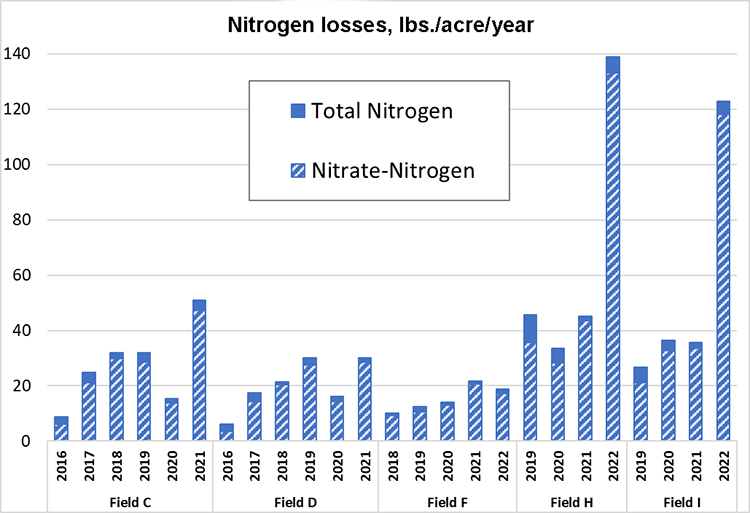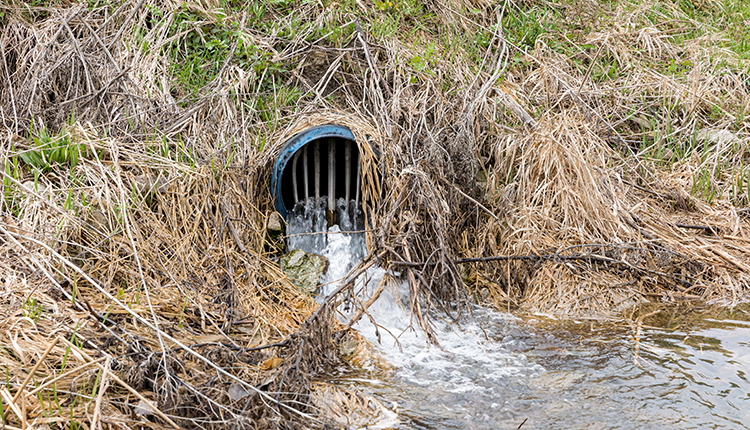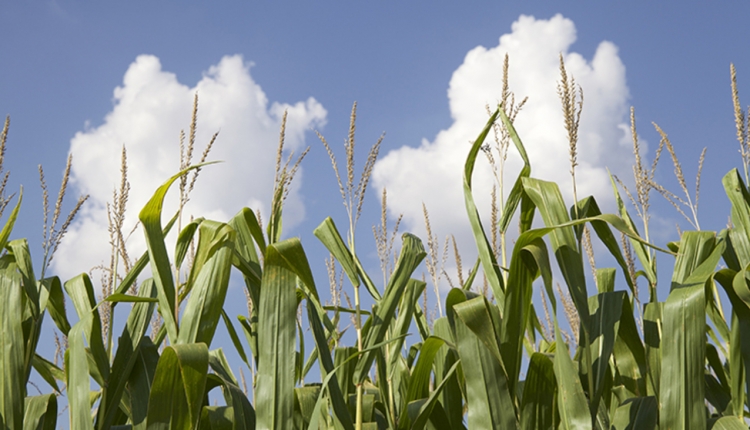
Since 2016, Miner Institute has collected edge-of-field surface and tile drainage samples from corn silage fields in northeastern New York that receive annual applications of dairy manure. The drainage is sampled year-round, including both baseflow (shallow groundwater drained by field tiles) and during rain and snowmelt events.
In this article we’ll focus on nitrogen, with the graph showing the annual nitrogen load lost from six different tile-drained fields (surface load + tile load = field load) between 2016 and 2022. The height of each column represents the total amount of nitrogen lost from the field that year in drainage. This “total nitrogen” value includes all possible chemical forms of nitrogen. The hatch-marked portion represents the amount of the total nitrogen that was in the form of nitrate, the primary form of nitrogen used by plants.

Organic materials like compost and manure are very rich in nitrogen, but much of it is in a form that cannot be used by plants. This “organic nitrogen” will largely remain in the soil and is only lost when the soil is eroded. Over time, the organic nitrogen is transformed by soil bacteria and primarily converted into nitrate. These transformations occur fastest in warm, well-aerated conditions when water is available but not excessive. Unlike organic nitrogen, nitrate is highly soluble and very susceptible to loss when water drains down through the soil. This dependence on weather conditions means that the supply of nitrogen produced from the soil can vary drastically from year to year, and losses in drainage will, too.
In addition to weather factors, the amount of organic nitrogen varies with soil fertility, which may be impacted by nutrient management decisions and crop rotations that influence organic matter accumulation. In the graph, Fields C, D, and F all began at relatively low fertility levels for dairy farm fields, approximately 2% to 2.5%. Regular manure applications over the subsequent years raised these levels to roughly 3% to 3.5%. As soil organic matter levels increase, nitrate production potential does as well. This is demonstrated in the graphs where we see nitrate losses (primarily from tile drainage) steadily climb across most years, though abnormally dry conditions in 2020 and 2021 that drastically reduced tile drainage volumes (and thus nitrogen loss) interrupted this trend.
Fields H and I have 7% and 5% organic matter, respectively, and their ability to generate extremely large quantities of nitrate from this organic matter is highlighted in 2022. During the growing season, conditions for nitrate production were optimal, and minimal tile drainage meant it remained in the soil. However, during the subsequent nongrowing season, there were high rates of tile drain flows that exhibited extremely high concentrations of nitrate. These high concentrations (and thus high nitrate loads) came from the high levels of nitrate in the soil that exceeded what was needed by the corn crop.
Ultimately, the lesson to take from these data is that given the right weather conditions, the soil can generate a large fraction of the total nitrogen needs of a crop. Unfortunately, erratic and unpredictable weather patterns make it impossible to determine at the start of the growing season exactly what that production will amount to. For this reason, split applications of nitrogen are commonly recommended to avoid paying for fertilizer that your soil will give you for free, although you may not see a benefit every year. Even if your soil fertility is low, much of the nitrogen you apply at planting could be gone by the time the corn crop starts to use it at a high rate (V4 to V6 growth stage) if the early growing season is rainy and all that nitrogen flows through your drain tiles.
Finally, if conditions for nitrate production are optimal in the second half of the growing season, you might have a large pool of residual nitrate that is at a very high risk of being lost during the winter months. In this case, planting a cover crop can help remove and store that nitrogen until the following growing season to avoid losses like we observed in 2022.
To comment, email your remarks to intel@hoards.com.
(c) Hoard's Dairyman Intel 2023
October 19, 2023








